The FinOps Foundation’s 2022 State of FinOps report is their second annual community survey which details the challenges, trends, and current FinOps landscape.
Here are our top takeaways from the new report — and how they stack up against last year’s trends. FinOps practices are on the rise, yet everyone handles this discipline differently. The common threads among respondents? Speed, automation and accuracy are critical to achieving desired cloud cost optimization outcomes.
Note: Many survey questions require participants to identify capabilities based on levels of maturity: Pre-crawl, Crawl, Walk and Run. The characteristics of each maturity stage can be found here on the FinOps Foundation website.
Update: Our take on the State of FinOps report 2025 is now live. Give it a read to stay ahead of the latest trends!
When it Comes to FinOps, There is No “One-Size-Fits-All”
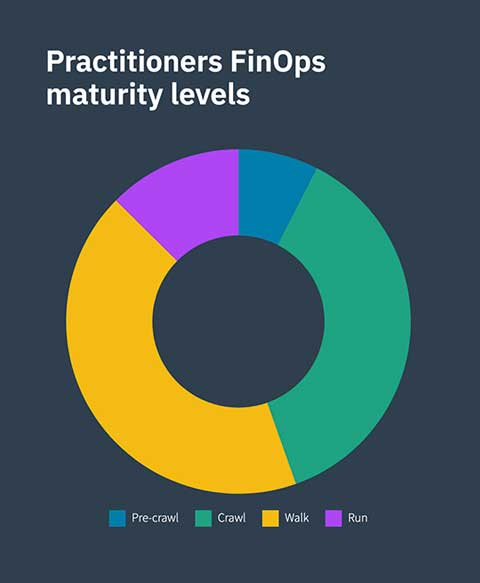
Despite increased efforts to create guides and strategies to codify FinOps practices, 2022’s report makes it clear that there is no “one-size-fits-all” way to implement a successful FinOps practice.
FinOps implementation remains highly dependent on organization size, budget, priorities and additional factors. Every organization will have a different method and measurement for achieving cloud computing cost success.
In fact, The FinOps Foundation transitioned away from identifying entire organizations in “Crawl, Walk, or Run,” stages this year, recognizing that a mature practice could reasonably be classified as “Run” in one capability and “Walk” in another. As a result, maturity should be measured by individual capabilities.
In 2021, FinOps team sizes grew by 75%. This year, the average team size shrunk from seven to five members. A greater variety of team sizes are beginning a FinOps journey, along with an increased emphasis that organizations don’t need every best practice to begin optimizing their cloud compute costs. FinOps can still be successful with a small team and limited resources.
In addition, this year’s introduction of the “Pre-Crawl” maturity stage shows there are increasing numbers of early-adoption cloud financial operations teams.
Demand for FinOps Continues to Grow
One of the biggest takeaways from the 2021 State of FinOps survey remains consistent this year: demand for FinOps is growing…and quickly. Only 4.45% of reporting organizations rely solely on on-premise data centers; the rest of their infrastructure is partially or fully hosted in the cloud.
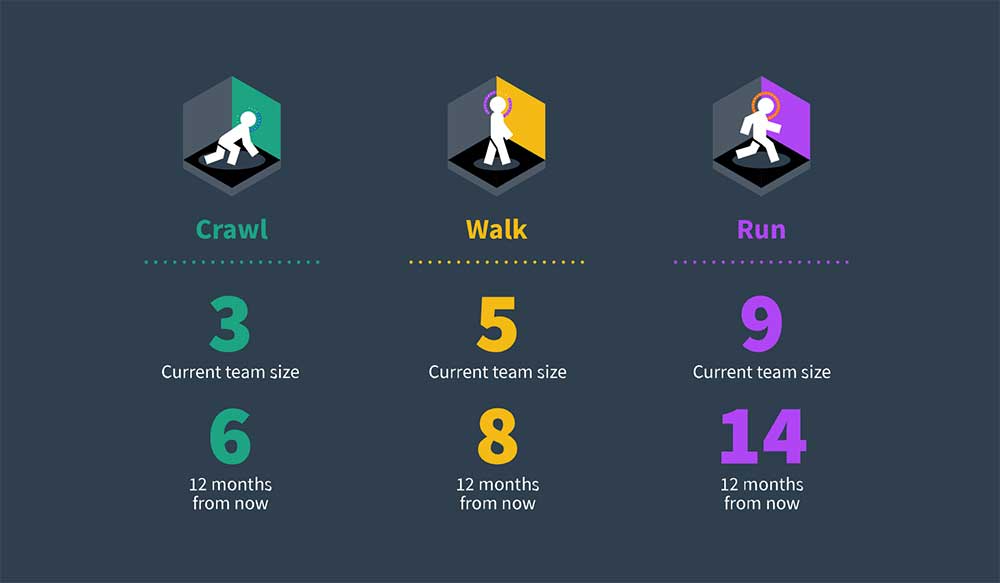
FinOps has expanded beyond the typical IT and finance industries, becoming a standardized practice. Only 46% of respondents reported from IT and finance companies, as opposed to 69% in 2022. That’s no shock, considering that 94% of enterprises say they’re overspending on the cloud.
A growing number of respondents just started in FinOps within the past year: 37% identify as \”Walk\” and 8% as \”Pre-crawl.\” In total, almost half of those surveyed are just getting started on their cloud cost optimization journey.
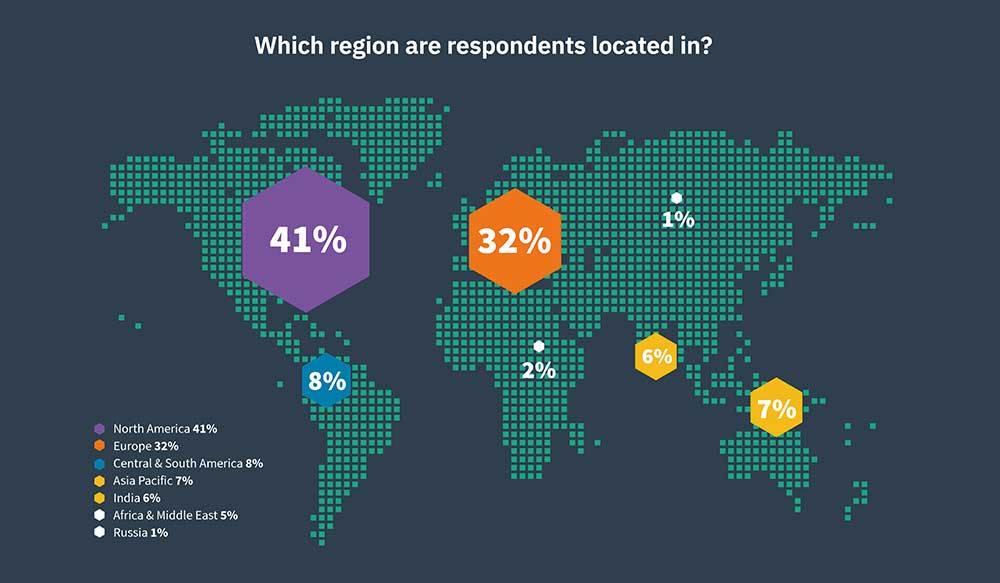
Shifting Team Sizes and Consolidated Reporting Structures
The seniority level of respondents ranged across the spectrum from entry-level to VP. As FinOps practices become more diverse, so are the departments collaborating on cloud cost optimization. Last year, 72% of respondents reported being a part of finance, engineering, or strictly FinOps departments. In 2022, this percentage lowered to 64%. That shows cloud financial operations are spreading across disparate areas of organizations.
Conversely, the diversity of reporting structures has narrowed: 43% of FinOps practitioners report to the CTO, up from 31% in 2021. A full 84% of respondents report to either the CIO, CFO or CTO (a 14% increase year-over-year). While the influence of FinOps spreads across more varied departments, reporting responsibility appears to be more firmly consolidated among the C-suite.
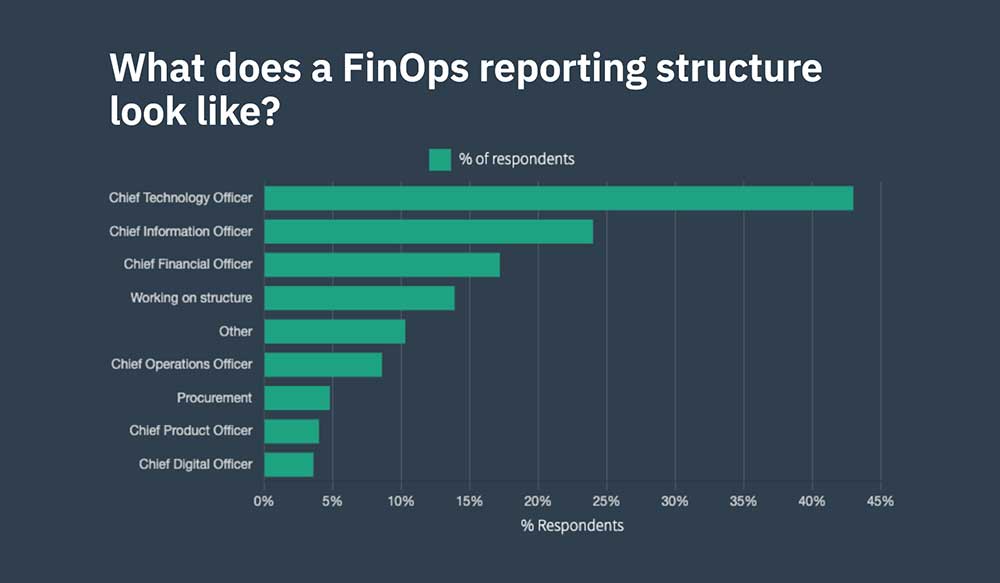
Consistent with last year’s findings, more than 70% of “Run” stage teams are reporting from larger companies, with cloud cost management teams of 20 or more members. This comes as little surprise, as large organizations of 10,000+ employees have more FinOps bandwidth and better access to resources than their smaller counterparts.
Biggest Pain Points
The foundation tracks the largest organizational barriers and pain points within FinOps practices each year.
Notably the biggest pain point from 2021, “getting engineers to take action,” dropped by 9%, from 39% to 30%. This is significant, as engineers’ fail-fast mentality and decentralized decision-making have historically hindered cloud cost optimization. This improvement has likely been in no small part to the tools, resources and education published by the FinOps Foundation in 2021.
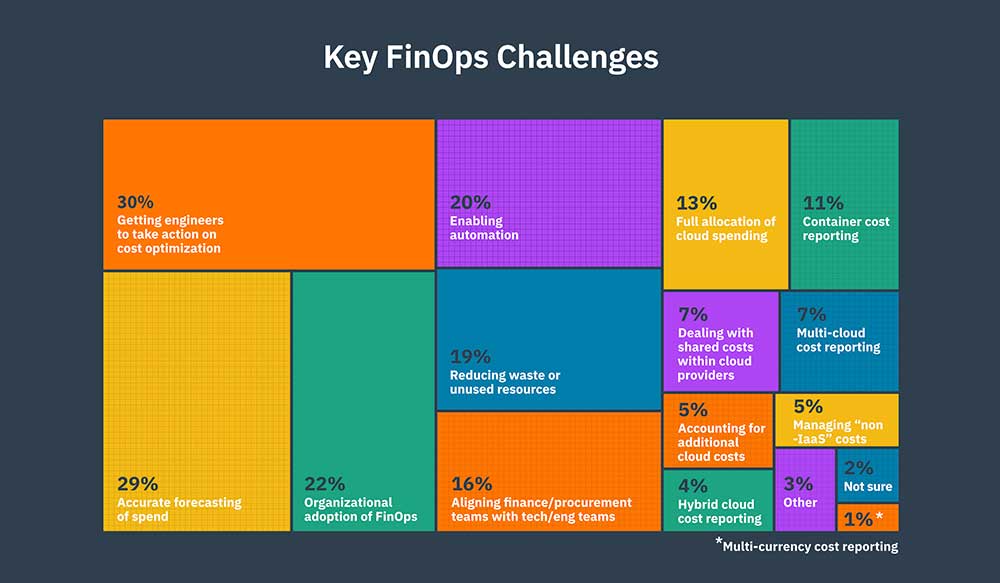
In the same vein, “cross-department collaboration” dropped from 22% to 16%. Organizations using cloud computing are generally more receptive to adopting and collaborating on FinOps practices than ever before.
Despite these improvements, “getting engineers to take action” remained the top FinOps pain point –– followed very closely by “accurate forecasting.”
“Shared costs” dropped from 33% to 7%, likely due partly to the new cloud cost optimization tools and FinOps resources available today.
The Tooling Ecosystem
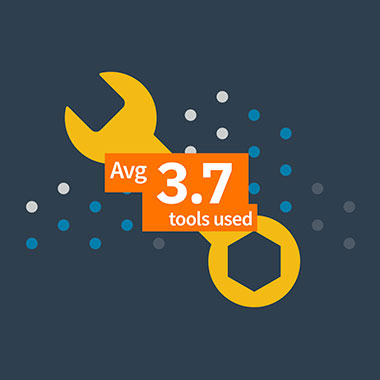
Cloud cost optimization tools are essential to an effective FinOps strategy. Respondents used an average of 3.7 tools, between native AWS resources and third-party tools. While this increased adoption is positive overall, teams still struggle to make the most of tools and achieve optimal Effective Savings Rates.
Practitioners reported that their teams strive to allocate 90% of their budget, but only 14% are currently achieving those benchmarks.
There continues to be a significant discrepancy between forecasted and actual spend. Last year, 26% of respondents said that accurate forecasting was one of their top pain points. This year, 29% are experiencing this issue.
Organizations with high maturity levels reported less variance. However, on average, “Runners” still reported around 10% variance between accurate and forecasted amounts, showing that accurate forecasting remains a challenge, even for advanced organizations.
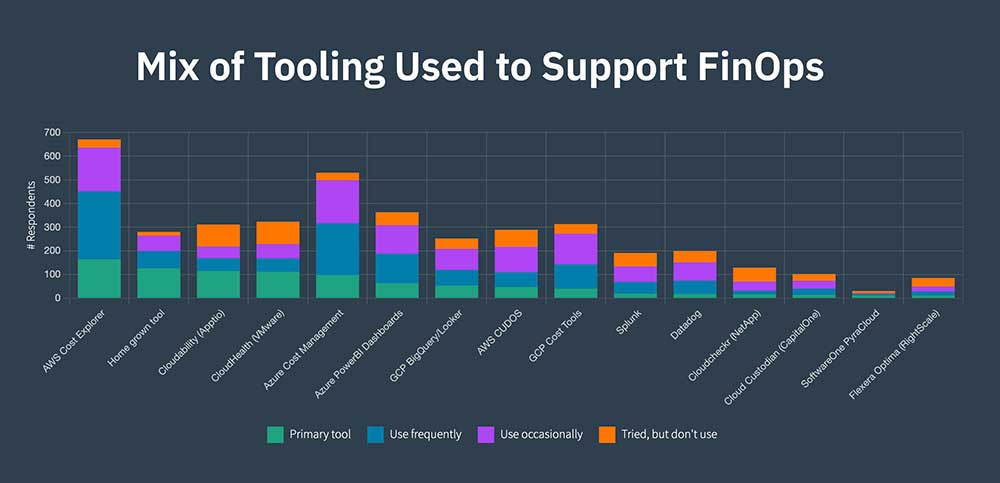
Need for an Increased Focus on Speed
While teams are reporting more widespread adoption of FinOps tools, optimization speed is becoming a bottleneck.
FinOps teams must utilize cloud cost optimization tools and resources to move faster.
- Faster ways to manage anomalies: Even though massive bills in AWS can rack up in just a few hours, 53% of respondents reported that it can take days for their FinOps teams to respond to unexpected cost increases. This is far from fast enough. Teams need to re-orient to being proactive rather than reactive, solving anomalies as quickly as possible.
- More frequent cloud forecast budgets: Twenty-one percent of FinOps practitioners admitted only budgeting annually. So much can evolve and shift in cloud cost strategy within a year, and teams must reconsider budget at least quarterly.
- An elastic approach to discount instruments: Commitment-based flexible pricing models are one of the top ways to save on AWS bills, but manual optimization leads to significant waste. FinOps teams should leverage tools like ProsperOps to automatically align discount instruments to compute usage in real-time.
Cloud computing platforms can scale and rack up costs incredibly quickly. FinOps practices must follow suit and incorporate speed as a key component of their operations.
Low Adoption of Commitment-Based Discounts
Commitment discounts like Reserved Instances and Savings Plans are the number one way to reduce cloud spend, remarkably more cost-effective than standard on-demand pricing.
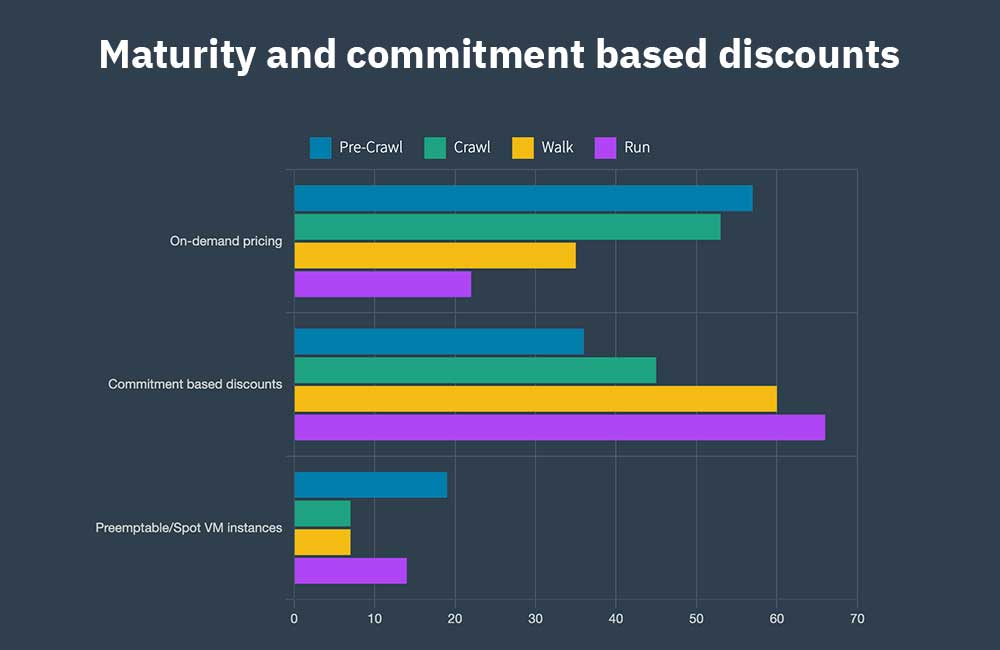
Despite this, adoption numbers are lower than one might expect. Only 66% of “Run” stage organizations, and less than half of “Crawl” and “Pre-crawl” FinOps teams utilize commitment-based discounts.
One possible reason for this low adoption rate is fear of inaccurate forecasting and unused discounts. New practitioners in the “Pre-crawl” stage can report as high as a 30% rate of unused resources. However, in general, practitioners only report 0-10% unused discount resources across the board.
The percentage of unused resources can effectively reach zero with tools that use machine learning and real-time telemetry, like ProsperOps.
Not Enough Teams are Embracing Automation
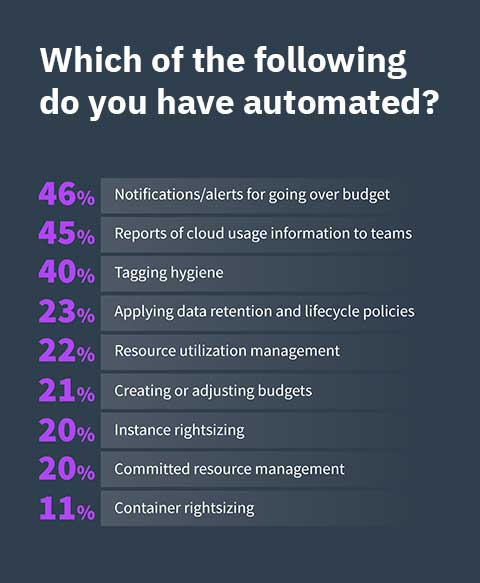
Last year, the need for automation was identified as one of the top priorities for FinOps teams. Without automation, teams are unable to accurately scale their cost consumption model and reduce dependence on manual labor. Humans cannot optimize as quickly, accurately and cost-effectively as AI and machine-based solutions.
Surprisingly, this remains a top area of growth for organizations. Nearly half (48.6%) of respondents reported little to no automation across their entire FinOps practice. Similar to last year, this may be due to a lack of awareness of automation solutions and their implementation.
While there was a general increase in automation adoption in 2022, there remains a lot of room for growth. Critical FinOps capabilities like discount instrument optimization and accurate forecasting virtually require automation, especially at scale.
The more mature your FinOps capabilities are, the better your chance of utilizing automation. “Runners” lead the way in automation that involves right-sizing, containerization and making the most of AWS Savings Plans and discounted rates.
Conclusion
Over the past year, FinOps and cloud cost optimization practices have gained momentum across a variety of industries. The sheer variety of organizations, team sizes, priorities and budgets have shown that there is no “one-size-fits-all” approach to FinOps success.
To properly optimize cloud spend, FinOps teams should focus on increased automation, committed use discounts and improved speed of operations.
Book a demo or request a Free Compute Savings Analysis to better understand your current commitment discount portfolio and quantify your potential savings with ProsperOps.




